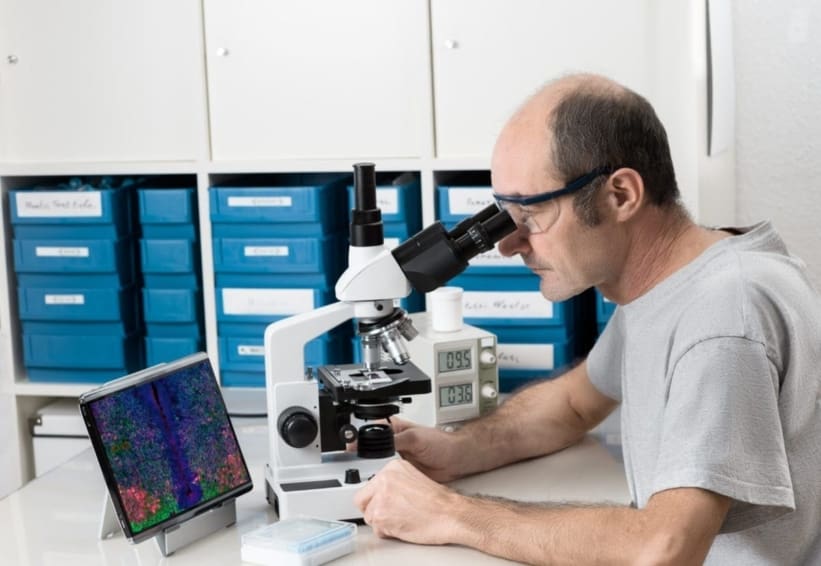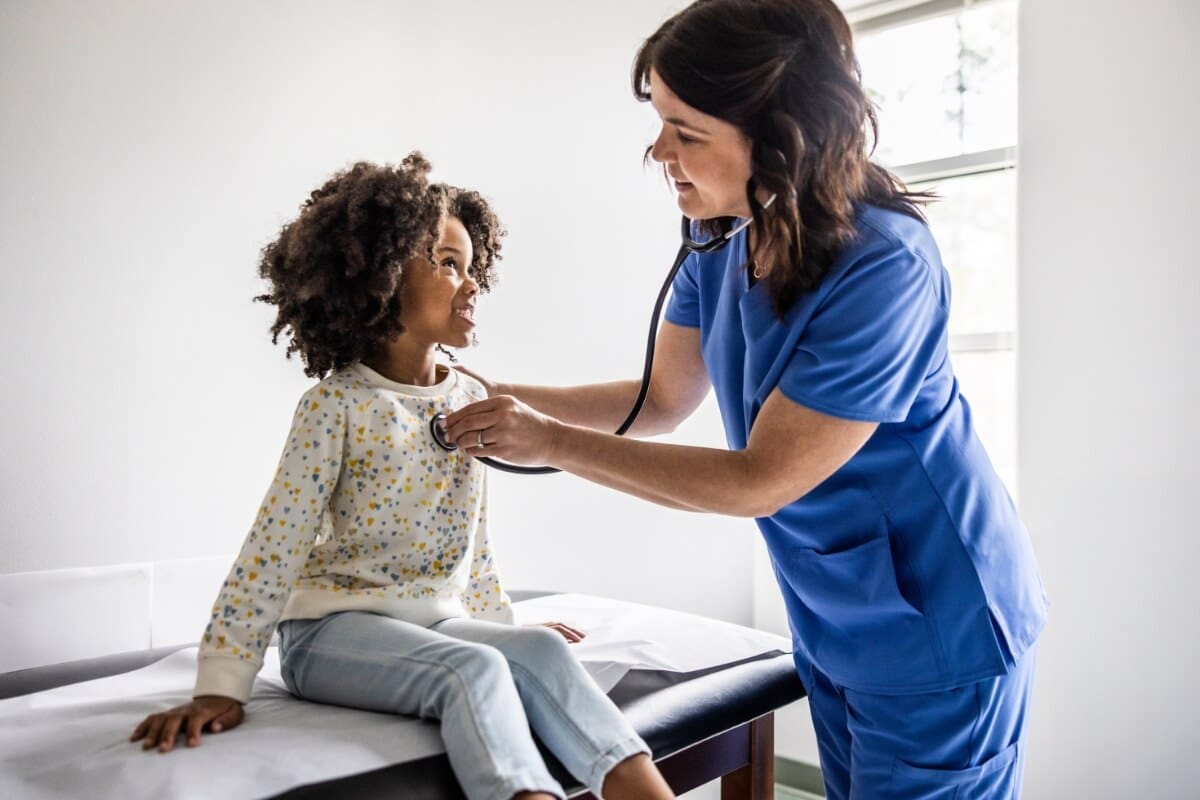
A biopsy is a procedure to remove tissue or cells from your body. This sample is sent to a lab for testing. Using a microscope, a biopsy provides your doctor with a closer look at the sample to see if it is normal or if it indicates a disease or medical condition. Sometimes, a biopsy is used to find a treatment for a disease or to see if a person is a match for an organ transplant.
Most of the time, a biopsy is ordered by your doctor to find out if a tumor is cancerous or to further examine an unexplained lesion, lump, mole, infection, or inflammation. Typically, biopsies are performed in a doctor’s office or a hospital. Your doctor will tell you how to prepare for a biopsy.
The most common biopsy locations on or in your body include:
- Bone marrow
- Brain
- Breast
- Stomach and intestines
- Liver
- Lung
- Lymph nodes
- Skin
- Thyroid
When the biopsy is performed, it will either involve a local anesthetic (injected in the area around the sample location) or a general anesthesia, in which you are sedated (sleeping).
Types of biopsies
There are multiple methods of collecting a sample through a biopsy. Your biopsy type will depend on why you are having it done. Your doctor will call you with the results.
An endoscopic biopsy involves inserting a fiberoptic endoscope with a tiny camera at the end into an incision, your mouth, your rectum, or another natural opening in your body. Once it’s in, it can be inserted into other areas inside your body, such as an abdominal organs, tissues, bones, or joints. This helps your doctor examine a suspicious area.
Fine Needle aspiration (FNA) uses a longer needed through the skin. This biopsy method is often used if your doctor suspects breast and thyroid tumors, or to test the lymph nodes near a suspicious mole. Imaging (CT or CAT scan) is used to guide the needle into the tumor or an organ.
A core biopsy is similar to an FNA biopsy but involves the use of a larger needle for a larger sample collection.
A shave biopsy involves the use of a razor or small blade to scrape away a part of a skin growth or sore on your skin. It’s a method that is commonly used to diagnose basal or squamous cell skin cancer, but not melanoma. A local anesthetic is used to numb the area.
A punch biopsy uses a special device to remove a deeper sample—usually all or nearly all of a suspicious skin lesion. The device resembles an apple core tool and will likely require stitches. This method can cut through multiple layers of skin and will involve the use of a local anesthetic to numb the area.
A reflectance confocal microscopy (RCM) biopsy is only sometimes used in the United States. It allows your doctor to look at a section of suspicious skin to a certain depth without a deep incision or tissue removal.
A Mohs biopsy is a technique used for diagnosing skin cancer on your eyelids, nose, ears, lips, or hands. Mohs protects the healthy skin around the cancer. Your doctor will cut a little of the cancer at a time. They will examine it under a microscope while you wait on the procedure table. Your doctor will cut more of the growth until they no longer see cancer in the outer borders.
You may experience brief pain for all biopsies (because of the procedure or the anesthesia injection). Your recovery time from the procedure is based on the type of biopsy you had. Also, it depends on whether you needed local or general anesthesia during the procedure, how large the area being biopsied was, and where the biopsy was taken from. Recovery also will depend on whether you needed stitches.
Things to consider
Before your procedure, tell your doctor if you are pregnant, are allergic to latex (rubber gloves), and about any medicines, vitamins, supplements, and herbal remedies you are taking. Certain medicines act as blood thinners, which makes it difficult to stop bleeding.
With all biopsies, there is a risk of infection, bleeding, and scarring. Call your doctor if you have a fever following the procedure (it could mean you have an infection), if the site of your biopsy won’t stop bleeding, or if there are signs of redness, swelling, or drainage from the biopsy site.
Questions to ask your doctor
- What are needle biopsies used for beyond diagnosing cancer?
- Is the risk of biopsy complications worse for patients with Type 2 diabetes?
- What if my child is having a biopsy and won’t be still for the procedure?
- How long does it take to get the results?
- Is there a way to reduce scarring?
Resources
National Institutes of Health, MedlinePlus: Skin Lesion Biopsy
![]()
Copyright © American Academy of Family Physicians
This information provides a general overview and may not apply to everyone. Talk to your family doctor to find out if this information applies to you and to get more information on this subject.











